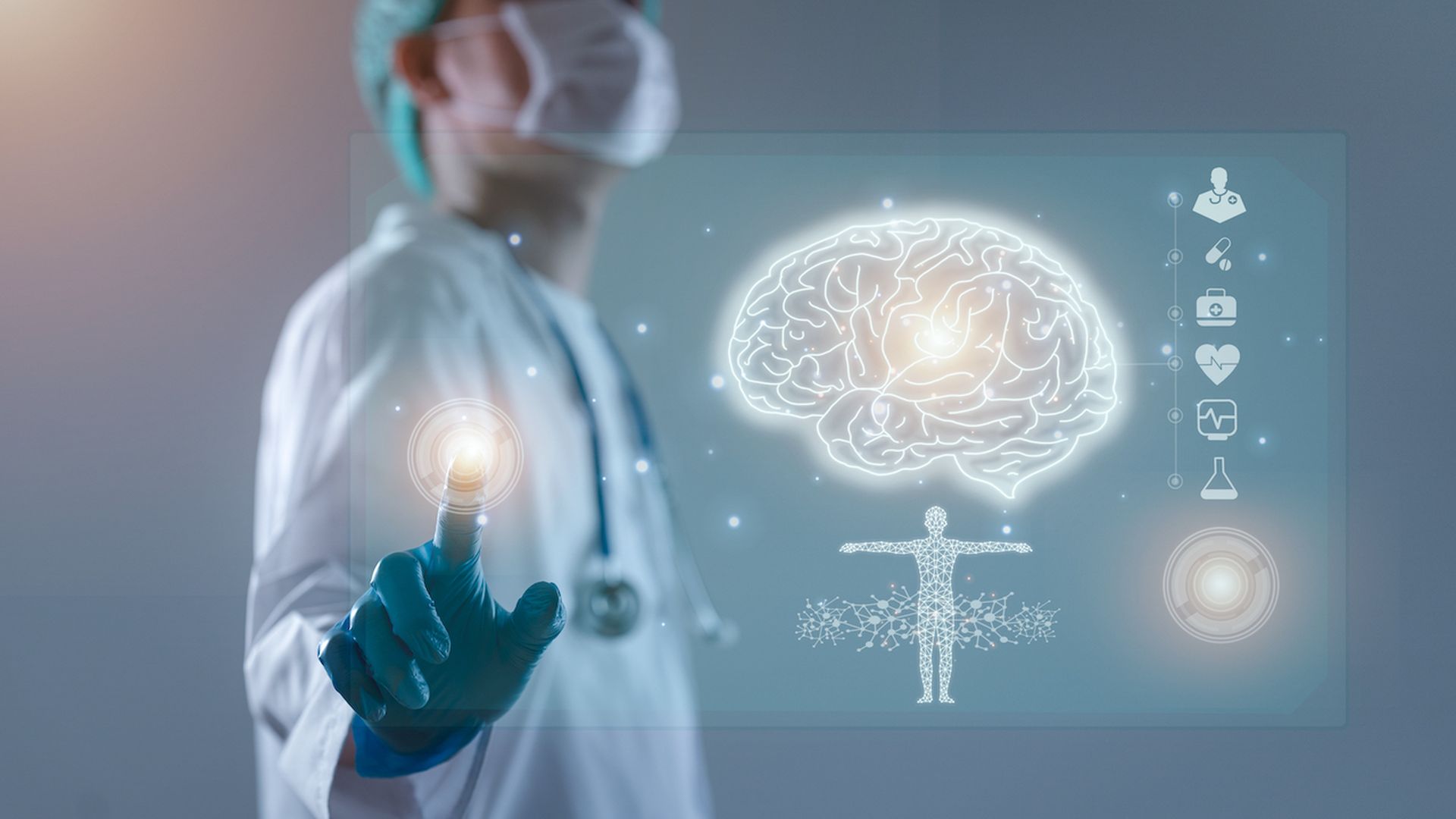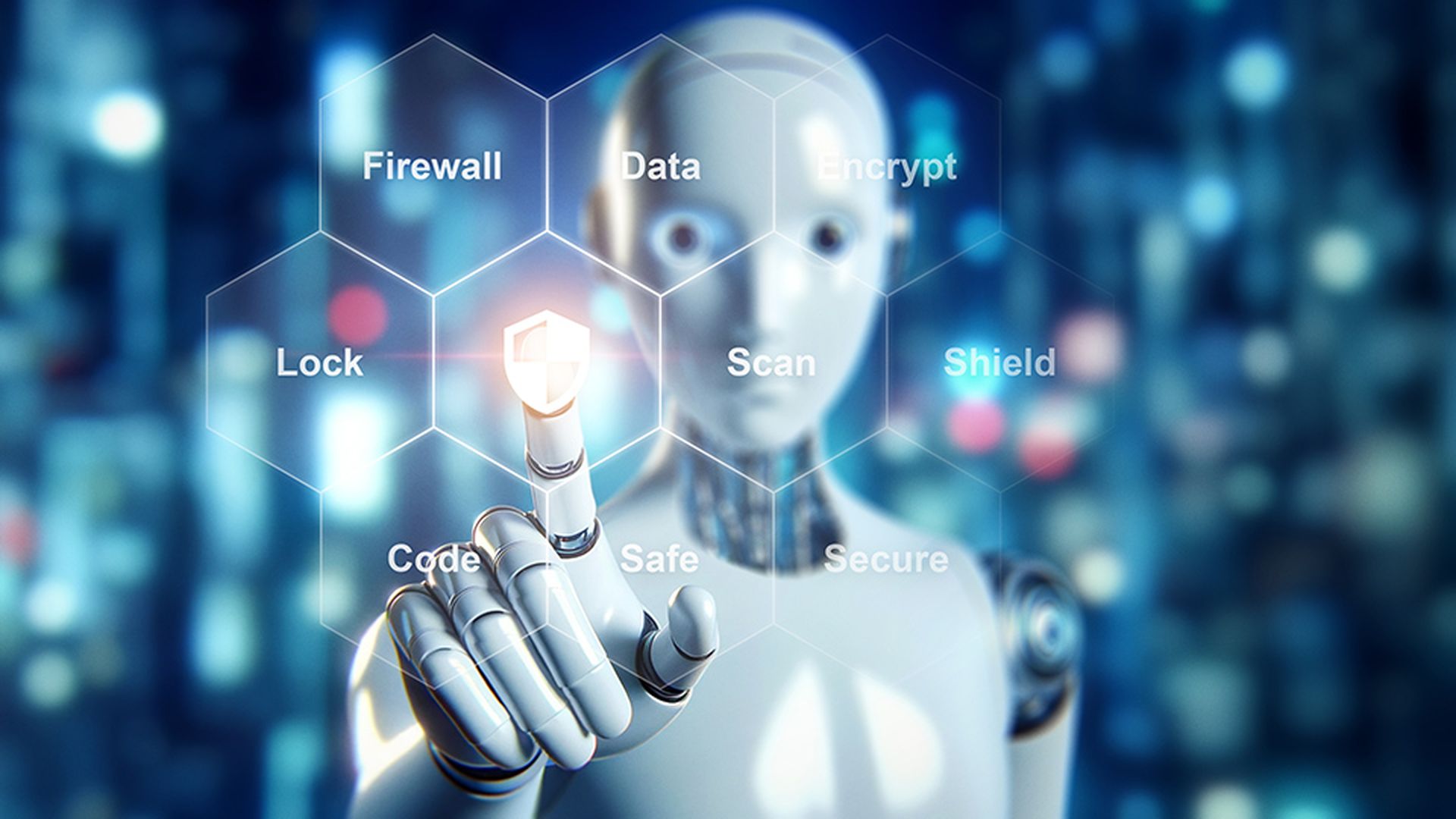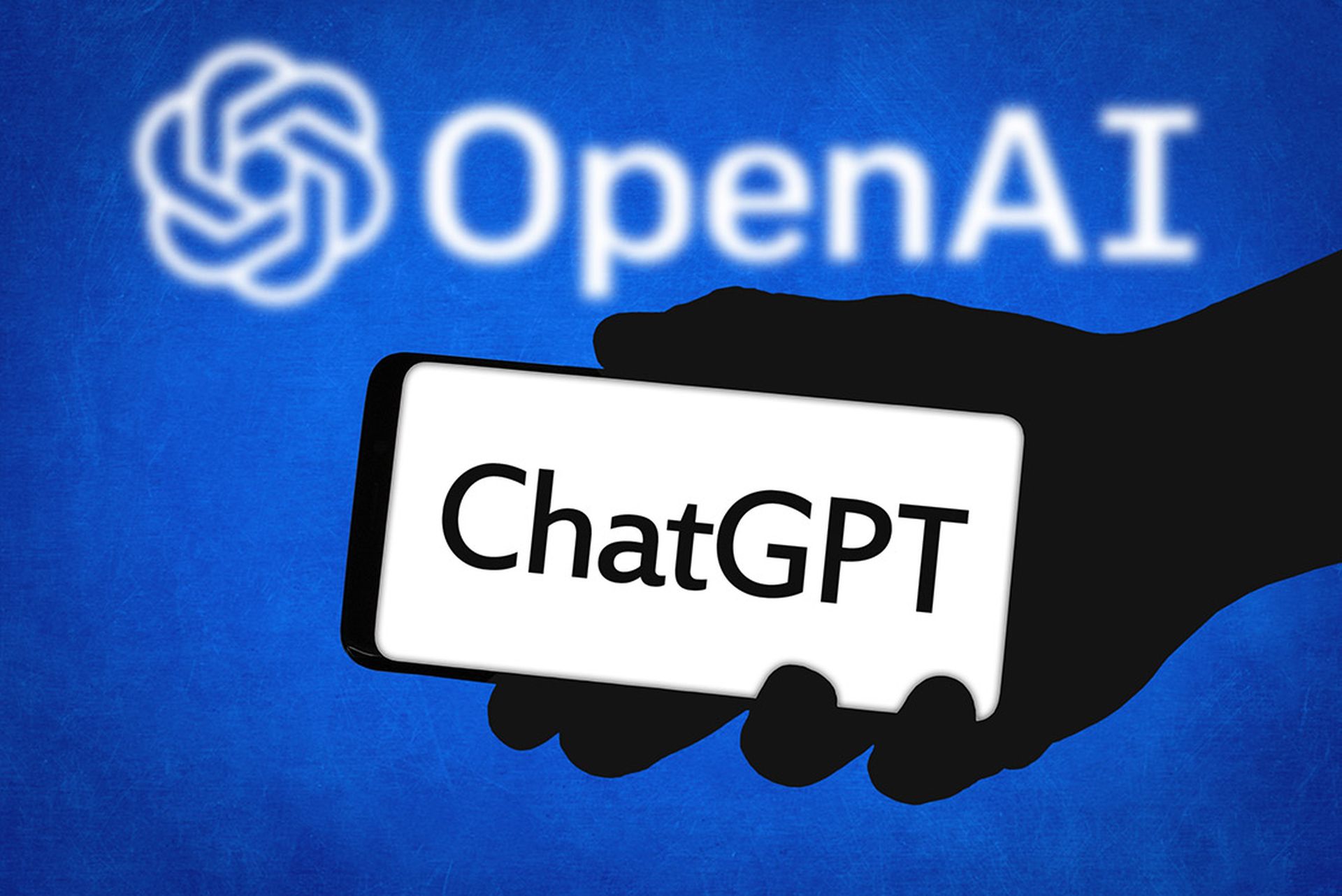The healthcare sector increasingly relies on interconnected information systems. This digital transformation opens new security gaps and makes the industry a prime target for cybercrime.
There’s no excuse for lax defenses when sensitive patient data, integrity of the underlying infrastructures, and even lives are at stake. As matters stand now, traditional security measures often fail to keep pace with evolving threats.
Artificial intelligence (AI) can help because of its potential to find anomalies in huge datasets in no time, facilitating early detection of ransomware, breaches, and insider threats. Before we highlight the ways AI impacts healthcare, let’s look at the state of the industry’s security today.
Healthcare in the eye of a perfect storm
Last year, the healthcare system suffered 11 of the largest breaches in the U.S. alone. These incidents took place at hospitals, insurers, and vendors that work with medical facilities and payers, affecting more than 70 million people across the country.
From phishing and insider threats to ransomware raids and data breaches, the consequences of cyberattacks in healthcare can go beyond compromised patient records. When medical infrastructure winds up in the crosshairs, people’s physical well-being potentially takes a hit, and it can shatter the trust between patients and a medical institution.
How AI can lend a hand
When working in concert with conventional defenses, AI can make the pendulum swing toward safety. It offers the following ways to improve cybersecurity in healthcare, as well as many other sectors:
- Advanced threat detection: Machine learning algorithms have an unparalleled capacity to analyze network traffic, user behavior, and system logs in real time. AI-powered endpoint protection systems can monitor individual medical devices, even those offline, for suspicious activity. This helps identify subtle deviations from the norm, pinpoint zero-day attacks, and minimize response times.
- Predictive security: AI models analyze historical data to foresee vulnerabilities and prioritize security measures. The technology can also leverage external threat intelligence feeds to learn about emerging attack vectors and adapt its defenses accordingly. Industry-specific risk simulation and modeling help optimize protections based on likely attack scenarios. All of this lets healthcare organizations proactively address potential threats before they materialize.
- Automated responses: AI can automatically initiate defense mechanisms, such as isolating infected systems, blocking suspicious traffic, or rolling back unauthorized changes. It can also dynamically adjust firewall rules based on real-time threat intel and suspicious activity. This keeps damage down and reduces the need for human intervention. Setting up decoy systems and honeypots to lure and trap bad actors is another area where AI excels.
- Continuous monitoring and adaptation: AI systems can learn from successful attacks and near misses, continuously improving their threat detection and response capabilities over time. Their algorithms adapt to new attack patterns and changing environments without the need for manual intervention. This ensures consistent vigilance and responsiveness.
Challenges and limitations in the healthcare sector
Implementing AI in healthcare IT environments will take time. For it to work, we’ll need highly-specialized AI models to match the diverse nature of medical data encompassing images, electronic signatures, clinical trials registries, unique supply chain metrics, and a myriad of other formats. Integration with existing legacy systems, data privacy concerns, and the shortage of personnel proficient in both healthcare and cybersecurity pose significant hurdles, too.
We also need to consider that AI cannot protect us from old-school social engineering scams. Criminals can try to compromise patients’ accounts with medical facilities through targeted phishing attacks fueled by OSINT. Social media screening, various phone lookup services, and analysis of deep web data might reveal enough personally identifiable information to concoct a hoax that pulls the strings and makes the person slip up. One such account takeover can launch a larger breach.
Finally, the adoption of sophisticated AI-driven security measures costs money. Therefore, healthcare organizations might consider invoice factoring to smooth the adoption of AI-based cybersecurity measures, ensuring both data protection and financial viability. That’s not a trivial task in an ecosystem where nonprofit and government funding models are fairly common. Budget limitations are particularly characteristic of smaller hospitals that are targeted just about as often as larger facilities.
The future of healthcare cybersecurity lies in a symbiosis of human expertise, traditional protections, and AI’s analytical power. While challenges exist, AI promises a great opportunity to revolutionize the healthcare ecosystem. By integrating such products into their digital fabric, medical organizations can build a more robust defense against cyber threats, ensure privacy and improve the overall quality of healthcare.
David Balaban, owner, Privacy-PC




